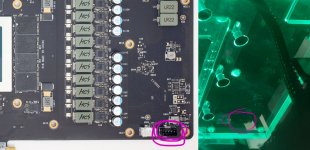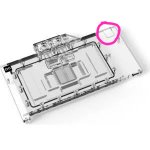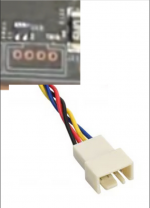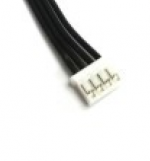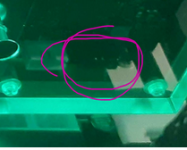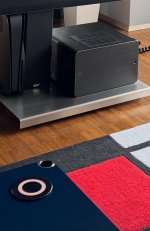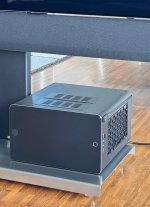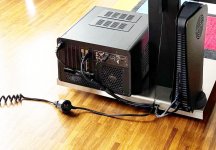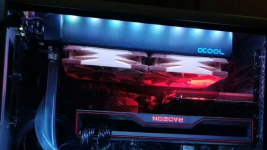The technical specifications are well known to me. If you prefer to follow the information found in forums, I won’t stop you — but practical experience from end customers and especially in the server sector tells a very different story and does not reflect those claims at all. In practice, there are many other factors at play. That’s why, to me, these kinds of discussions are usually exaggerated or simply irrelevant. Based on sales figures, the number of actual issues is so small that we're talking about a failure rate in the range of 0.0X%.
But back to the topic:
If you want to maintain temperatures in that range, you’ll almost certainly need to control it through Aquasuite. It’s one of the very few programs that allows precise control based on water temperatures and target delta values. However, I would not recommend controlling the pump speed — at least not via a curve. That puts unnecessary stress on the pump and shortens its lifespan. Flow rate also has relatively little effect on cooling performance. You have to remember that a water cooling loop has thermal inertia.
For example, when the GPU suddenly goes under full load, it takes several seconds for the water temperature to react — and only then can a control system respond. The water needs time to heat up as it circulates. You can mitigate this a bit by placing the temperature sensor right at the outlet of the GPU cooler, and not — as many do — somewhere else in the loop, like at the radiator or reservoir.
What the ideal delta should be depends on your total radiator surface, water volume, and to some extent your flow rate — as long as it doesn't drop below 60–70 L/h. Beyond that, higher flow doesn’t add much cooling performance. Once you're over 100 L/h, the curve flattens out almost entirely. It’s far more effective to regulate temperature through the fan curve rather than pump speed.
Still, no matter how well you regulate the system, the inherent inertia of water cooling makes it impossible to hold temperatures exactly constant. I’d estimate potential fluctuations of around 5 K, in the worst-case scenario.
